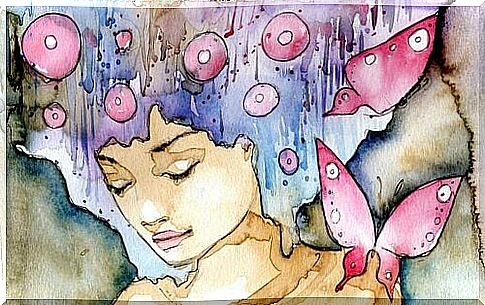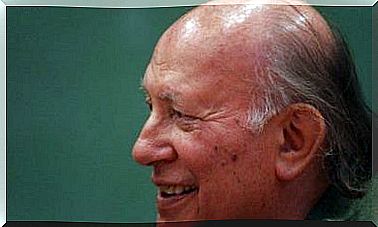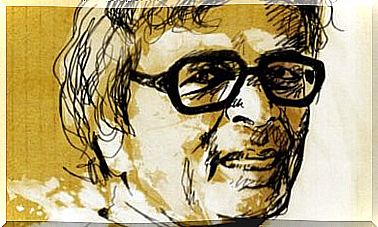Your Way Of Thinking Defines Your Feelings

We are thinking and sentient beings. Our way of thinking determines our feelings, and depending on what provokes us, we take it as proof of the truth of what we think. That’s an incredible ability, but it can also hurt us.
What came before: the thought, the emotion or the feeling?
To answer this question, we must first briefly define three concepts:
- Thinking: people’s ability to form ideas and representations of reality in their minds.
- Emotion: are psychophysiological, biological and mental state expressions.
- Feeling: state of mind or emotional disposition in relation to a thing, a fact or a person.
There is a fine line between our ability to think and feel, and emotion stands halfway between them.
In our daily life and due to the use we make of our language, we often use these three concepts as if they were synonyms, but the truth is that thinking, being emotional and feeling are very different things.

We are rational beings. This does not imply that emotions and feelings are alien and do not influence our personality, our way of interpreting the world, decision making and the way we fix our ideas.
We care about our emotions and this is a human capacity that we must not take away from our lives. Reason without emotion or feeling is meaningless.
Feelings last longer than emotions, but emotions are more intense than feelings
Understanding how this relationship works in us is critical to fostering our emotional intelligence, the way we relate to ourselves and others, and ultimately to improving our mental health.
Emotion is associated with people’s personality and motivation. Emotions are of shorter duration than feelings, and they motivate us to act. They are more intense than feelings, but they last less.
The feeling comes from the verb “feel” and refers to an affective state of mind, usually of long duration, which appears in the subject as a product of emotions. Feelings are the result of emotions.
Let’s look at an example:
I’m practicing yoga. It’s an activity that I enjoy and that makes me feel good. I have been practicing for some time now and it was a learning process in which I had worse days and better days.
The truth is that, objectively, my performance in the activity has improved at a good pace, and I am able to do postures that initially seemed impossible to me.
Yesterday I went to a class again and it was one of the days when my activity was of low performance. I couldn’t do postures that days ago I was able to do without problems.
My thought said, “I’m a wreck, this isn’t for me.”
My emotion conveyed to me: “I’m angry with myself.”
My subsequent feeling throughout the rest of the day was, “I feel sad and down.”

Whom should I listen to?
The above example, depending on how we analyze it, will determine my idea of myself, my motivation to keep going to class, and my attitude in the next class.
If I think I’m a disaster, does that mean I’m like that just because I couldn’t do an exercise? Does it mean I’m a disaster for a single bad move? Doesn’t learning happen through trial and error?
If my emotion is anger, does it mean that if I get angry with myself what I think is right? Does this emotion say something really true about me? Does feeling an emotion confirm what we think?
If, after all, I feel sad: does that mean it really mattered to me? Is everything we feel right? Is this feeling the fruit of what I think?
Here’s the key to it all:
What can we do to improve?
When you find yourself saying “if I feel this way, then surely…”, discover the automatic thinking that accompanies the emotion you feel and ask yourself: What did I think to start feeling this way? Do I have evidence to believe that this will be like this forever?
It’s about questioning ourselves and reflecting so that from time to time we don’t believe the stories we tell ourselves.









